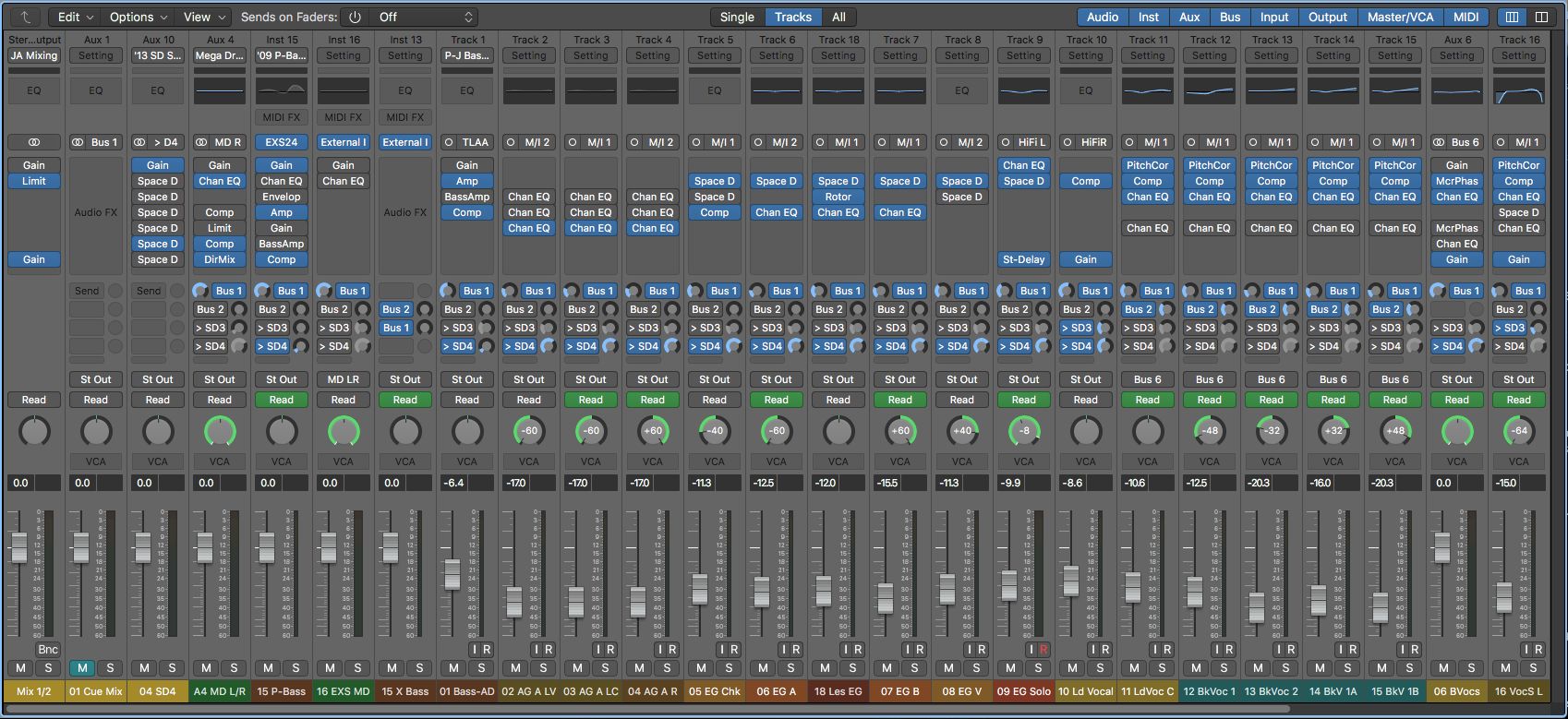

Despite streaming services attenuating over-loud mixes, we still have a choice to actively over-cook our masters, although of course the more limiting we apply, the more the streaming service will attenuate playback. In this post-loudness-wars period, we can now decide how hard we want to push a track – whether we want to retain some dynamic range or push the limiting harder to create a more ‘commercial’ sound. We end, of course, almost where we began by considering the final loudness of the master. With the multi-band compressor, for example, you might need to use just one or two bands rather than have all four pounding away at your mix. As with all parts of mastering, try to be clear on the problem first (like a wobbly low end, for example) and then use the correct tool to address this issue. As such, the multi-band compressor is both a timbral and dynamic tool, which, if used correctly, can enhance or correct a range of details, or, if used incorrectly, can ruin an otherwise good mix. The multi-band compressor is another useful way to deconstruct a track, this time splitting into a number of discrete frequency bands. This form of thinking makes more sense than L/R stereo, as the main components of the track (kick, vocal, bass and so on) sit in the mid channel, while the decorative elements (string pads, reverbs, guitars) often sit more towards the side channel. M/S processing is popular in mastering circles as it allows the engineer to separate a track in the Middle and Side components – or, to put it another way, the parts of the mix residing in the mono ‘centre’ and the other elements that wrap around it to produce the effect of stereo. With respect to EQ, we’ll look at how M/S processing can be used in Logic, allowing us to apply EQ in a more considered and focused way.

In this tutorial, we look at the earlier parts of the signal processing path – namely EQ and multi-band compression – that deal with the timbral qualities of our master, moving it away from the ‘colour’ established in the mix. Last time, we started at the end of the signal chain looking at limiting and compression. Beyond loudnessĪnother point of difference between the two workshops is that we move from simple loudness correction (that made our rough mix stand up against the loudness of commercial recordings), to a process that actively tries to enhance and fix certain elements of the mix. In many ways, mastering is a zen-like task of precision – a few considered actions in appropriate places rather than a haphazard form of sonic butchery.

We also need to think about referencing (either between mastered and unmastered version of a song, or commercial recordings) and a more involved use of metering and analysis. The tracks that previously contained multiple different instruments are now used to distinguish between different songs. Given this different set of objectives, you’ll notice that we take a different approach to the use and application of Logic, creating a workflow that is specific to the process of mastering. Nowadays, of course, this continuity of listening experience is less important (as musicians move away from an album to single tracks), although you may still be dealing with several songs in any one session. Mastering was traditionally the final stage in the production process – assembling, sequencing and processing 10 or so tracks to make a cohesive listening experience. Unlike last time, where mastering was applied directly across the stereo buss, this month’s workshop assumes you’re working from bounced stereo files and preparing them for delivery to a variety of streaming services. We’ll also reference how mastering has changed in response to the rise of streaming and see how you can best deliver your music to a variety of platforms.
Mastering in logic pro x professional#
As you’ll see, there’s plenty to take from our last workshop (especially in relation to loudness control), but in this part, we’ll see how a more professional approach involves a radically different workflow and a revised look at how you work with Logic Pro X. Having explored some ‘quick-fix’ mastering solutions in our last workshop, we’re now going to take a more in-depth look at a more professional solution to mastering – where the mix and mastering process are distinct and separate elements.


 0 kommentar(er)
0 kommentar(er)
